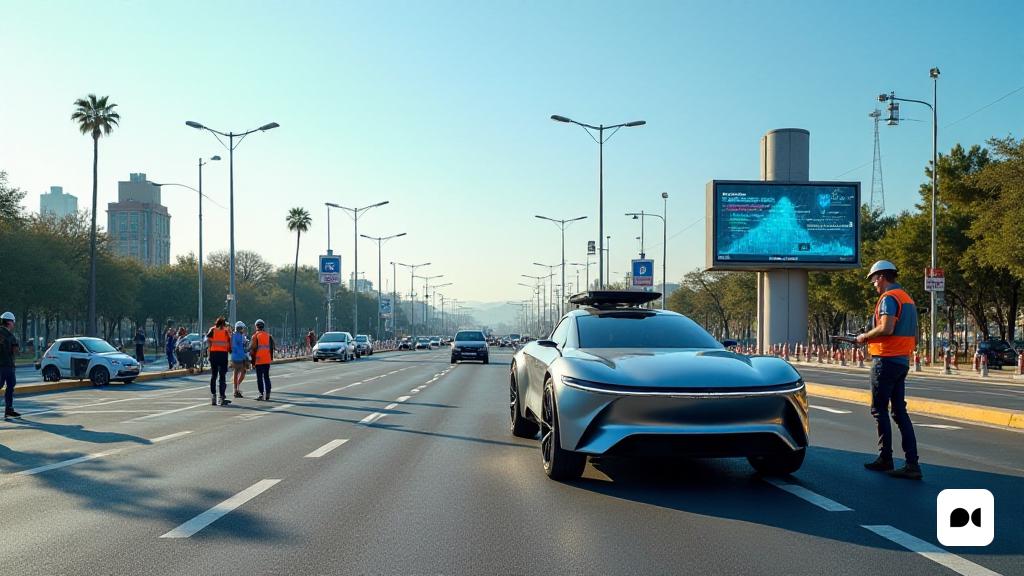A step forward in smart mobility
The Zona Franca Consortium of Barcelona (CZFB) has started an exciting project to establish a pioneering laboratory in connected driving. This initiative seeks to create a suitable environment for experimentation with the aim of improving both urban mobility and road safety.
3: an innovative test stage
Recently, 3 street in the Zona Franca industrial estate has become a testing laboratory for connected vehicles. In this space, trials have been performed in a real traffic environment, which have allowed to verify the operation of the devices installed and validate the coverage of the 5G network.
The importance of vehicle-infrastuctura communication
The laboratory not only focuses on technology, but also investigates how vehicles can exchange information with road infrastructure. This communication is essential for increasing security and improving traffic flow.
5G and C-V2X technology: Mobility allies
Communication technologies, such as the 5G and the C-V2X system, play an essential role in this project. They ensure rapid and reliable transmission of data between vehicles and infrastructure, thus improving traffic coordination and reducing the risk of accidents.
Benefits for the Community
Through this innovation, a decrease in traffic congestion and an improvement in the interaction between vehicles and infrastructure is expected, thus contributing to a safer environment for all road users.
CZFB’s future vision
Pere Navarro, a special state delegate in the CZFB, emphasized that this laboratory represents a breakthrough in smart mobility. He explained that automatic messages generated from various sources of data help drivers make informed decisions, thus improving road safety.
Commitment to sustainability
Navarro also emphasized that the 4.0 district is the ideal setting for the development of these types of projects, as it promotes the use of technologies that can contribute to more sustainable transport.
Leadership in digital transformation
Blanca Sorigué, CEO of CZFB, has said that the 4.0 district is a nucleus of innovation that seeks to lead the digital transformation of the industry. The connected smart driving laboratory is an example of the consortium’s commitment to build a more efficient and environmentally friendly future.

